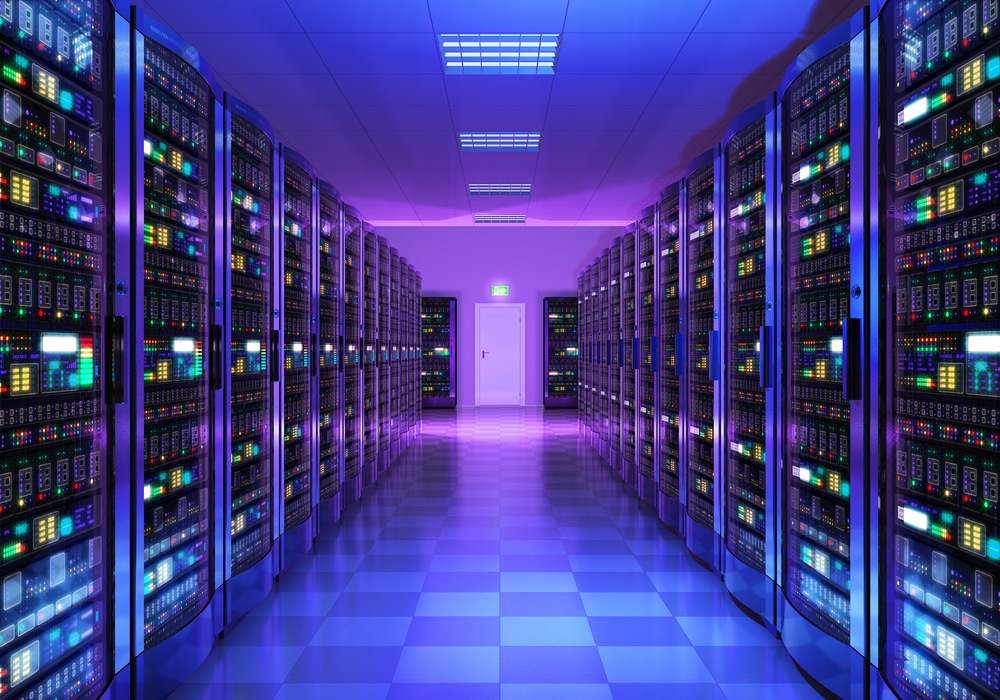Hot Data
Server-Powered Homes
In 2015, flights produced 781 million tons of CO2 worldwide. This is barely 2 percent of all human-induced carbon dioxide emissions. Globally, humans produced over 36 billion tons of CO2. And here’s a really fun fact: data centers emit more CO2 than the global airline industry. Overheated Data Centers Every laptop owner (especially those who […]
